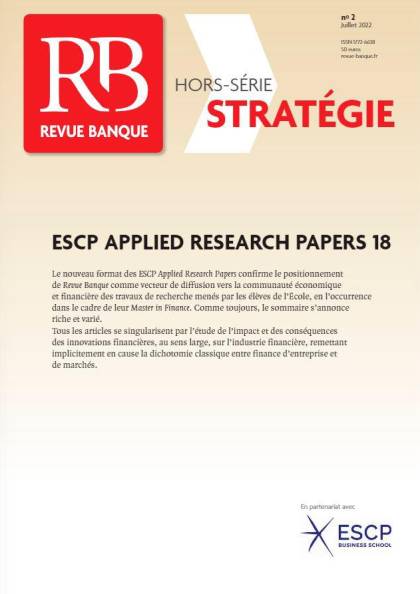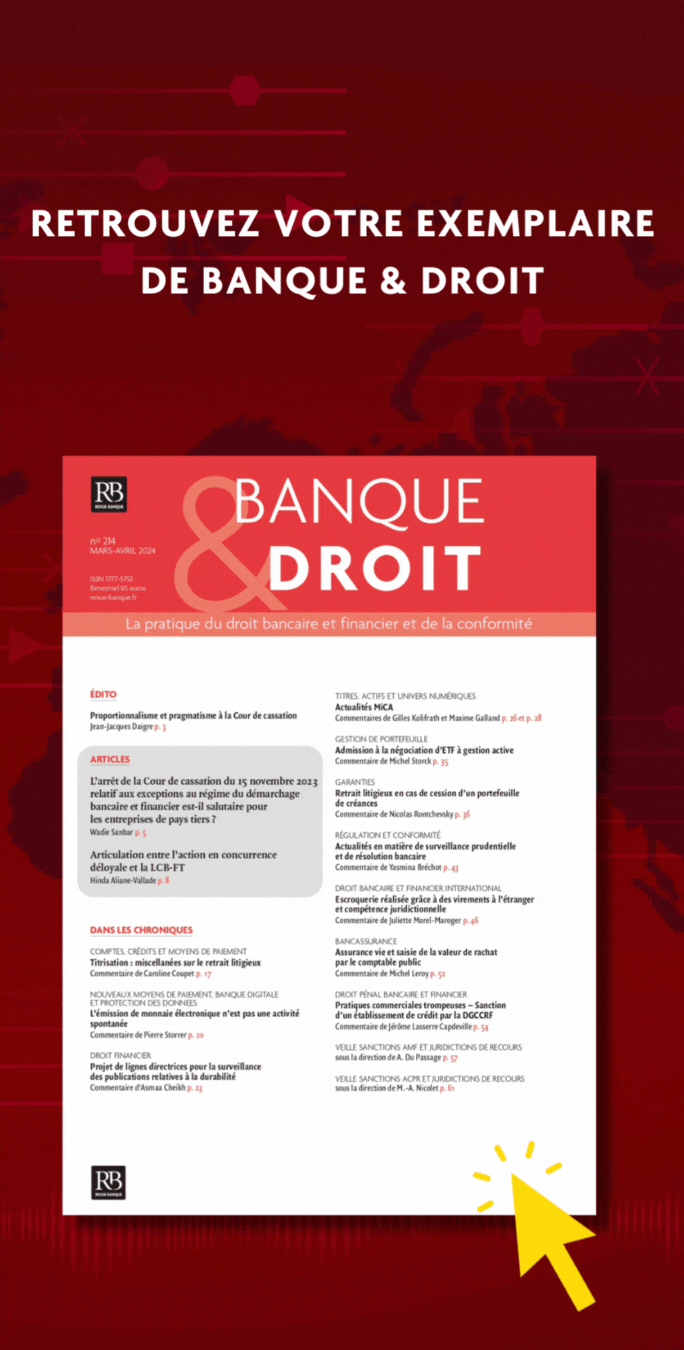
Debt Mutualisation and the EU’s SURE and NextGen bonds: Comparative Analysis of the Cost of Borrowing
Créé le
22.08.2022-
Mis à jour le
04.10.2022The idea of mutualising debt between countries has been an ongoing debate almost as old as the creation of the European Union and further of the Eurozone and the common monetary policy. While joint borrowing can carry a lot of advantages, debt mutualisation has always been very controversial. Confrontations between those countries supposedly benefiting and losing from mutualising debt have repeatedly centered on the legitimate balance of solidarity and responsibility that such debt implies. However, in 2020, facing exceptional circumstances
in the wake of the Covid-19 pandemic, the European Union has been able to take
a prominent step to pave the way to debt mutualisation by issuing the largest ever common debt on the financial markets.

The earliest example of supranational borrowing in Europe dates back to the 1975 Community Loan Mechanism, which was then setup in order to respond to the negative effects of the first oil shock on member states’ balance of payments. The Commission was at the time empowered to issue bonds backed by the Community budget and national guarantees, borrowing funds and lending them on to struggling countries. The logic of using the Community’s favourable credit rating to provide cost-effective loans to member states thus set an important precedent. Since the 1990’s, with the several steps of the creation ...



![[Web Only] Tarifs bancaires : les banques amortissent l’inflation [Web Only] Tarifs bancaires : les banques amortissent l’inflation](http://www.revue-banque.fr/binrepository/480x320/0c0/0d0/none/9739565/MEBW/gettyimages-968963256-frais-bancaires_221-3514277_20240417171729.jpg)






